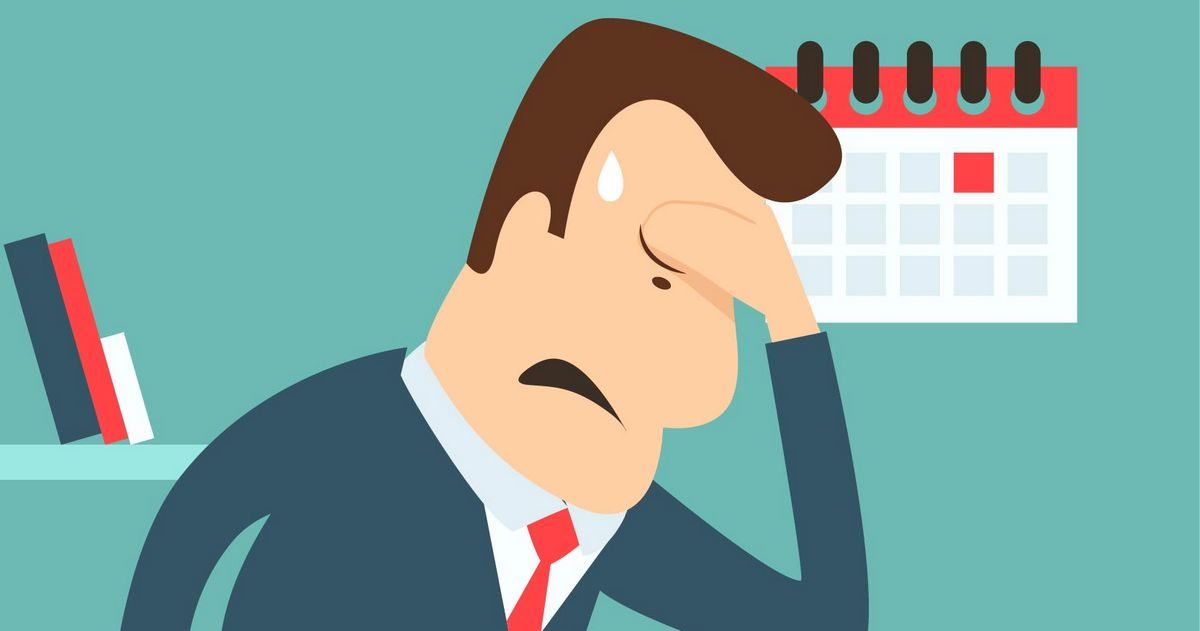You aced the presentation – don’t let the Q&A session take you down. How to be ready for anything they throw at you?
Whether you run a company or are a one-man band, you probably talk in front of groups, both in prepared presentations and question and answer sessions.
It is also important to prepare for questions and answers, as well as practice what you plan to present. I will share the following nine tips on how to be the best in a planned or improvised Q&A session.
Be aware of hidden agendas
Of course most of the questions asked by the audience are sincere and the asker is looking for a genuine response. But some questions are intended to either:
- make the person asking the question look smarter, or
- make the responder (you) look dumb.
No matter the intent, answer all questions with the same approach and professionalism. You will come out looking better.
Q&A Session: be prepared
It’s good practice to write down questions you anticipate may be asked, especially the tough or controversial ones, and to rehearse your answers. I often run though a mock session with some trusted colleagues. They always come up with questions that I didn’t expect.

Encourage others to evaluate your responses and body language. Fumble in private so you shine in public.
Q&A Session: be confident
Smile and look your questioners in the eye.
The eye contact shows that you are focusing carefully on the question and the questioner. The smile is an invitation to friendship and connection.
Q&A Session: pause
If you need a moment before answering a question, take it.
A quick, snap answer can be doubted. Or if you haven’t really thought through what was asked, you may answer the wrong question. It may feel awkward – silence often does – but your audience won’t think less of you for taking a few seconds to collect your thoughts.

In fact, they’ll appreciate that you took your time to consider the questions, and it won’t feel like a scripted answer.
Q&A Session: don’t fidget
Work to minimize these twitches:
- scratching your nose,
- excessive blinking,
- moving around,
- and other nervous ticks.
They signal that you’re lying.
I know, you’re probably not lying. You’re likely just nervous. But perception is reality.
Answer the question straight
This is a common problem I see in Q&A sessions — the presenter doesn’t answer the question that is asked:
- it may not be intentional – it could be that they weren’t listening closely enough;
- or, maybe the speaker didn’t know the answer and decided to talk about something tangential he had expertise on instead.
The reason doesn’t matter.

Nothing erodes the credibility you’ve built with the audience or makes them doubt your message more than avoiding the question.
Confirm you answered the question
Occasionally throughout the Q&A session ask:
- «Does that answer your question?» or
- «Is that clear?»
It shows your audience you care and that you want to make sure their needs are being met.
Don’t get thrown off by the awkward question
There’s always one, and it’s always difficult. That person in the audience who asks a question that really doesn’t match to the presentation or is just out in left field.
Handle this question as professionally as you do any of the other questions and try to tie your answer back to your main message.

This takes a little tap dancing, but it may be the answer you are most remembered for. (Remember President Clinton being asked ‘boxers or briefs?’ on the MTV town hall?)
Practice, Practice, Practice
Make sure you focus some of your practice time on the Q&A session. Usually, it’s the last thing you do on stage after a presentation, and it may be the portion you are most remembered for. Don’t give it short shrift.

